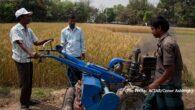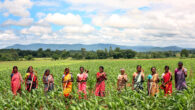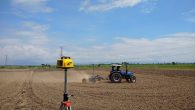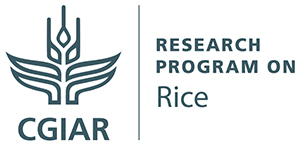The government of Bangladesh has supported land-use intensification, with an initial focus on rice which now covers 78% of total arable land. While this helped Bangladesh achieve self-sufficiency in rice production, policymakers have long understood the negative effects of rice-based systems on water consumption,...
TRENDING Topics

















